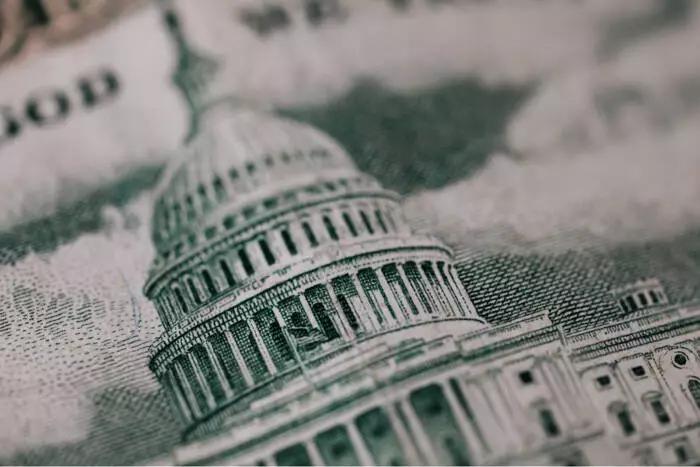Recent economic data indicates a modest increase in consumer prices, suggesting inflation remains a subtle force shaping market dynamics. While a slight uptick in consumer inflation does not immediately alarm policymakers, it signals underlying pressures that could intensify if current trends persist. The Federal Reserve’s cautious stance stems from the potential for these rising costs to spill over into broader economic sectors, especially as external factors like tariffs begin to influence prices. It is essential to recognize that such inflationary signals aren’t purely coincidental; they are often the consequence of policy decisions that have long-term ramifications, such as the Trump-era tariffs, which are now becoming more tangible in final prices paid by consumers.
Trade Policies as a Catalyst for Future Inflation
The implications of tariffs extend beyond initial retaliations—they pose a structural challenge to price stability. As trade levies continue to affect supply chains, consumers and businesses could face higher costs, which might reinforce inflationary pressures. Fed officials like Chairman Jerome Powell have signaled that this scenario could materialize swiftly, citing concerns about rising import prices potentially accelerating inflation during the coming months. The market’s expectations have accordingly shifted, pushing back the timing of anticipated interest rate hikes. Instead, the focus might turn toward interest rate cuts, as policymakers aim to offset potential economic slowdown caused by trade-induced inflation.
Contradictory Signals: Weak Employment Data Meets Stable Headlines
Despite the muted headline unemployment figures suggesting a resilient job market, discrepancies exist beneath the surface. Some strategic analysts, including those from DRW Trading, warn that deteriorating private-sector hiring could be a precursor to rising unemployment if layoffs increase. This divergence underscores a broader uncertainty: wage growth remains tepid, and layoffs are still below pre-pandemic levels, yet signs of softness in employment quality could portend trouble ahead. Such contradictions reveal that surface-level indicators can be misleading and that a nuanced understanding of labor market health is necessary for informed policy and investment decisions.
Policy Footing: Dovish Outlook and Market Expectations
Amid conflicting signals, a more dovish stance from Federal Reserve officials has gained prominence. Fed Governor Chris Waller’s recent comments advocating for rate cuts highlight a desire to pre-empt economic slowdown, even if inflation hasn’t yet spiraled out of control. His emphasis on weak employment data over inflation risks reflects an acknowledgment of fragility in the labor market. Market expectations have followed suit, with fed funds futures pricing in nearly a 50% chance of easing—mainly through two rate cuts by year’s end. This anticipates a pivot towards accommodating monetary policy, with many traders positioning for potential relief in September, as concerns about economic stagnation grow.
The Political-Economic Tug of War and Market Sentiment
Uncertainty is compounded by political speculation, notably rumors that former President Trump might dismiss Fed Chair Powell. Although such rumors were later denied, they highlight the fragile sentiment that can sway market confidence. During such periods, the dollar initially dipped on negative speculation but rebounded swiftly once stability was restored. This scenario underscores how political winds can distort economic expectations, emphasizing the need for a cautious, strategic approach from investors and policymakers alike. The overarching lesson remains clear: the economy stands at a crossroads, heavily influenced by external policy shocks and internal vulnerabilities, demanding vigilant monitoring and adaptable strategies.

